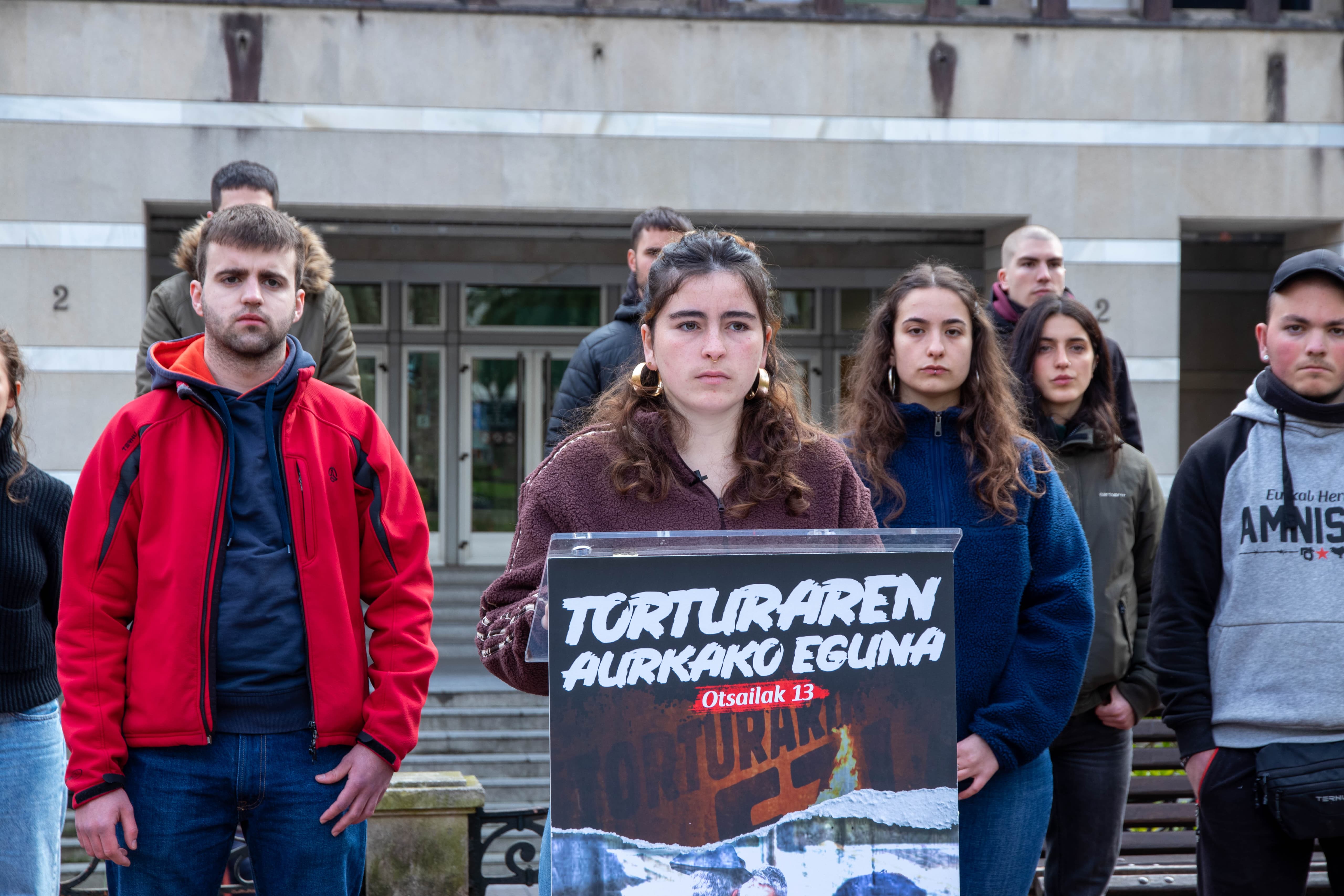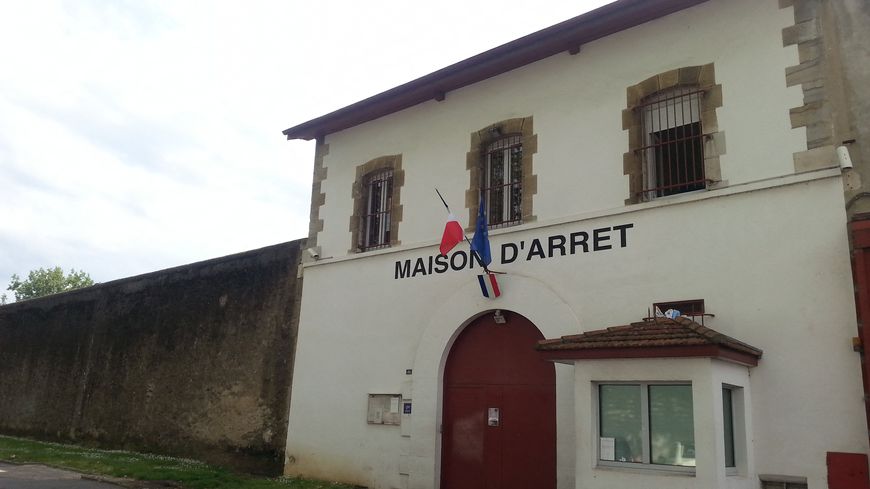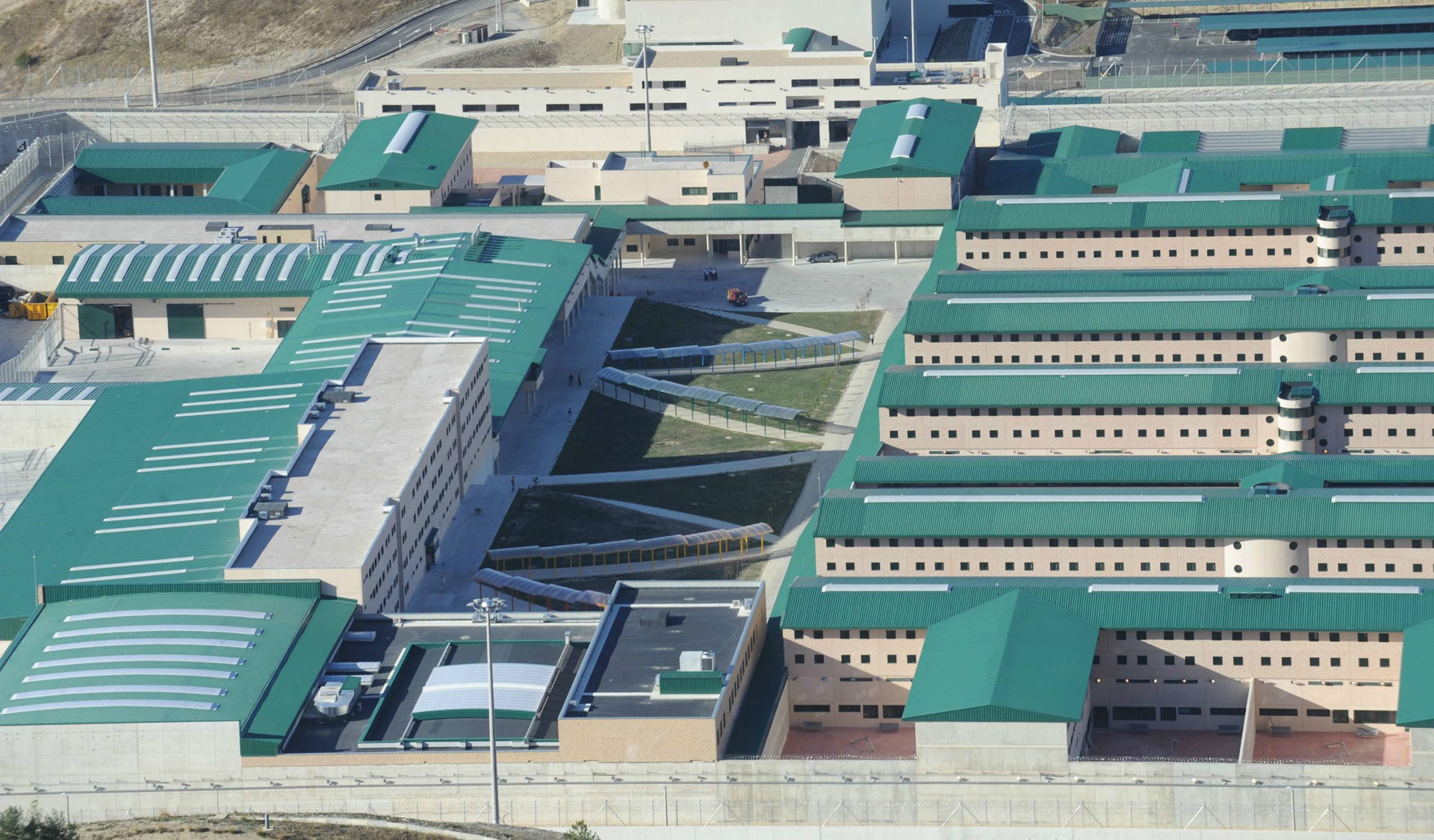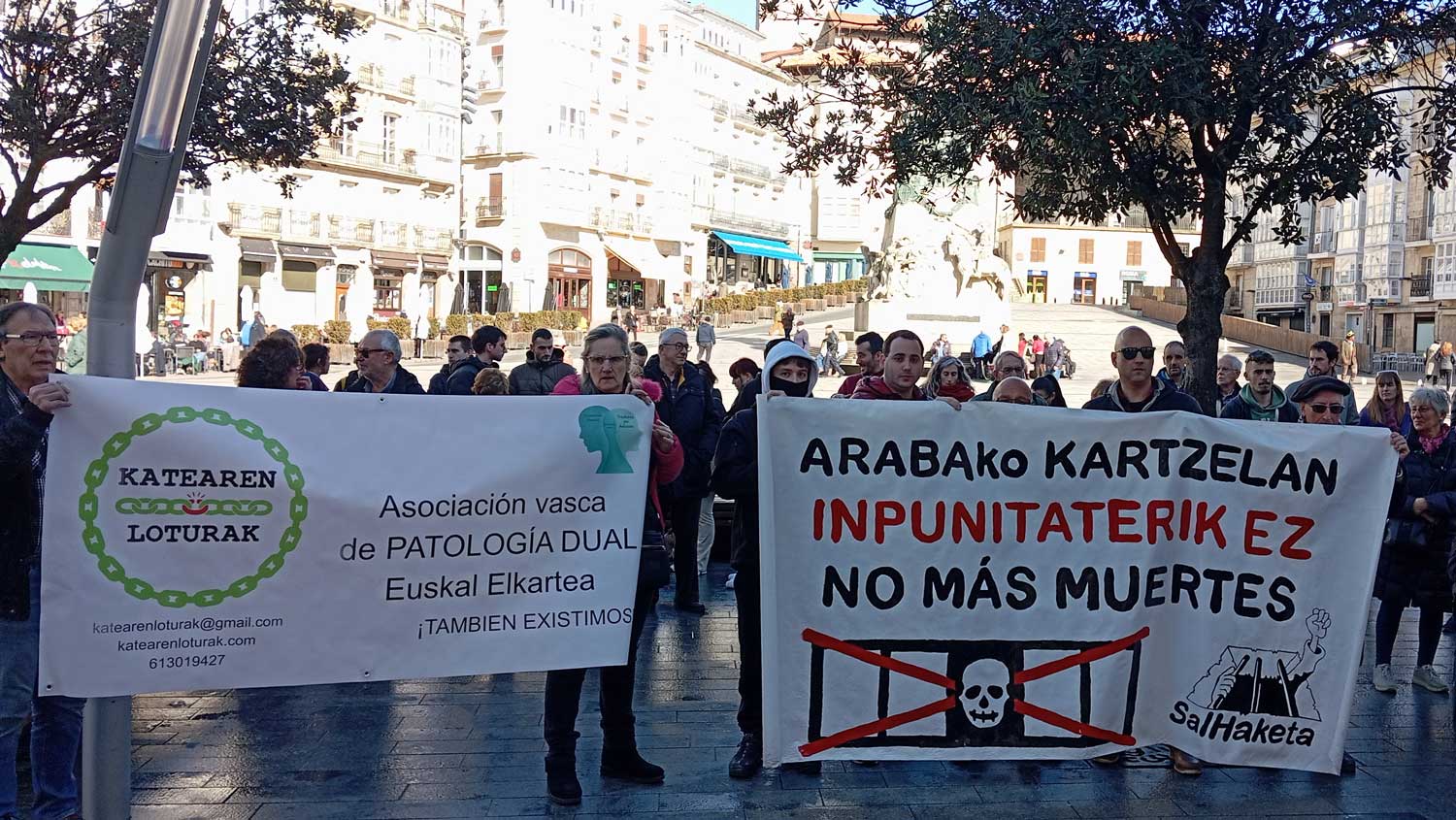In the Netherlands they go crazy: prisoners go down and jails are closed.
- While in Spain or in France, including Euskal Herria, new prisons are being built, in the Netherlands detainees have decreased by 27% since 2011 and are looking for alternatives to prison surpluses: closing one, turning another into hostels for immigrants and offering others to foreign states for rent to house their condemned ones. Because there are also alternatives in prison policy.

The young people of the Gipuzkoa Zutik movement who met on 18 June at the Zubieta celebration were lucky enough to hear the emotional talk of a representative of the Arrats association: He denounced the construction of the new macro-prison in Gipuzkoa and how the different penitentiary policies that are successfully used in the Netherlands and elsewhere, which have managed to close prisons or rent foreigners with the reduction in the number of prisoners are left without further debate. The next day, the Dutch Minister of Justice would agree with Josetxo in the afternoon, although in Euskal Herria there is no one.
The Dutch Minister of Justice has reported that over the past five years prisoners in Dutch prisons have decreased from 15,170 to 11,005, 27 per cent less. From the other side of the sea, it was New York Times who called: “The Netherlands has a unique problem: empty prisons.”
Adam Taylor's chronicle advanced the reasons for the stranger suceso.Las legal violations do not multiply in the Netherlands, because as sequential paranoia spreads in most neighboring countries, public opinion reports that insecurity has increased and crimes have increased.
In the Netherlands, judges have dealt with sanctions to a large extent for financial fines or for the convicted person to perform work at the service of society or to be subjected to electronic surveillance using wrist or ankle control tools.
This has made the Netherlands one of the few countries that has closed its prisons. 19 closures have been announced for 2013 and five more for the sawmill. This contrasts with many European countries, including France, where prisons are crowded, or Spain, where a new network of macro-prisons is being formed.
The Netherlands also suffered its prison boom in the 1980s, expanding its capacity to accommodate 3,500 prisoners with the proliferation of new buildings to nearly 17,000. Over the years, and as a result of the new prison policy, the Government of The Hague has found itself with too many beds and few guests. However, the globalized world has offered him two other types of clients for the evicted prisons.
The Dutch have sent refugees who have come to seek asylum in a dozen prisons in this country. National Geographic Magazine has released images of the largest and most famous of the 300 men and women arriving from De Koepel prison in Haarlem, Syria, Afghanistan and elsewhere. Human rights activists have denounced that a prison is not the right place to welcome exiles, while the Government has proudly claimed the quality of life of Dutch prisons.
But they also found more lucrative guests in the evacuated cells: Convicted persons transferred from Belgium and Norway. Faced with the shortage of prisons for too many prisoners, the Oslo authorities have agreed with The Hague a three-year treatment to keep Norwegian prisoners accepting the change in Norgerhaven prison.
According to local agency Dutch News, prison workers have been satisfied with the transfer of foreign prisoners. Over 700 officials are at risk of implementing the closure plans for the coming months and their unions are also putting pressure on the workers.
Punishment and window of opportunity
In Europe, Sweden is the other European country that has seen the number of prison inhabitants decrease in recent years, falling from 5,722 to 4,500 in the last ten years. It is not a record bad for a country with a population of 9.5 million. A quarter of the prisons have been closed down in recent years.
In 2014, Swedish prison CEO Nils Öberg told The Guardian: “Our job is not to punish. The prison sentence is the same: they have been deprived of their liberty. It’s their punishment to be with us.”
Later, asked by the journalist about the way public opinion handled the matter, Öberg said: “Even if people have an opinion at all times, you have to make a long-term strategy on justice. You cannot do one thing today and the next day reject it. (...) The more you work in that small window of opportunity that emerges when you deprive a person of liberty, the better things will go in the long run.”
It does not seem, however, that the strategies set out by the Netherlands or Sweden have too many followers in the world. This is reflected in the latest report of the World Prison Brief, published by the International Institute for Prison Research (ICPR). Compared to the figures 2000.eko, in these 15 years the number of prisoners in the world has grown by 20%. The head of the study, Rom Wamsley, wrote: “It is very worrying that there are currently 10.35 million people in prisons around the world. The most serious thing is that the number of prisoners continues to grow and, moreover, in some countries. This should lead politicians to look at what they can do to reduce the number of detainees, taking into account how expensive incarceration is and how discussed the effectiveness of incarceration is, not forgetting that these buildings are crowded. In addition, the disproportionate proliferation of women prisoners is also very striking.” Women in captivity have increased by 50 per cent in 15 years, with women being 6.8 per cent of prisoners.
By region, Africa and Asia are the continents with the least prisoners proportionally, less than 100 per 100,000 inhabitants. Oceania does not separate them, although in recent years the number of detainees has increased by 60 per cent. On the contrary, America is the one that has the most, 387. Even if it sounds like a lie, the United States, after the Seychelles Islands, is the world's sad champion, with 698 prisoners for every hundred thousand inhabitants, and Central and South America are the most condemned places, with 118%.
As a whole, Europe has 192 out of every hundred thousand inhabitants in prison. In the last fifteen years, prisoners have fallen considerably in the East, in Russia by 40 per cent and in the rest of the East by 42 per cent. In return, the rest of Europe has multiplied: 12% in North Europe, 6% in the West, including France and 27% in the South, including Spain.
In our country, the French state has 95 out of every 100,000 citizens held in the cage, compared to 136 in Spain. The treatment of pensioners is out of proportion: the daily living conditions of prisoners, the minutes and conditions of visits, the resources of study or leisure...
“Saihestu egingo dira giza eskubideen, ordenamendu juridikoaren eta espetxeetako tratamendu psikosozialaren aurkako balioak eta jarrerak babestea, justifikatzea eta goratzea ekar dezaketen adierazpenak”, dio, besteak beste, agiriak. Azaroan Eusko Jaurlaritzako... [+]
34 edo 35 urteko gizonezkoa, gasteiztarra eta alaba baten aita, ostegunetik ostiraleko gauean hil zen, Salhaketak jakinarazi duenez. Elkarteak gogoratu du Jaurlaritzak espetxe eskumena hartu zuenetik hiltzen den bederatzigarren presoa dela, eta egiturazko aldaketak eskatu ditu... [+]
Alarma jo du, beste urte batez, OIP Presondegien Nazioarteko Behatokiak. Abenduaren lehenean marka berri bat hautsi zen frantses estatuan, 80.792 pertsona atxiloturekin. Espetxe-administrazioaren aitzinikuspenen arabera, gainera, 86.000 baino gehiago izan litezke 2027an egungo... [+]






















